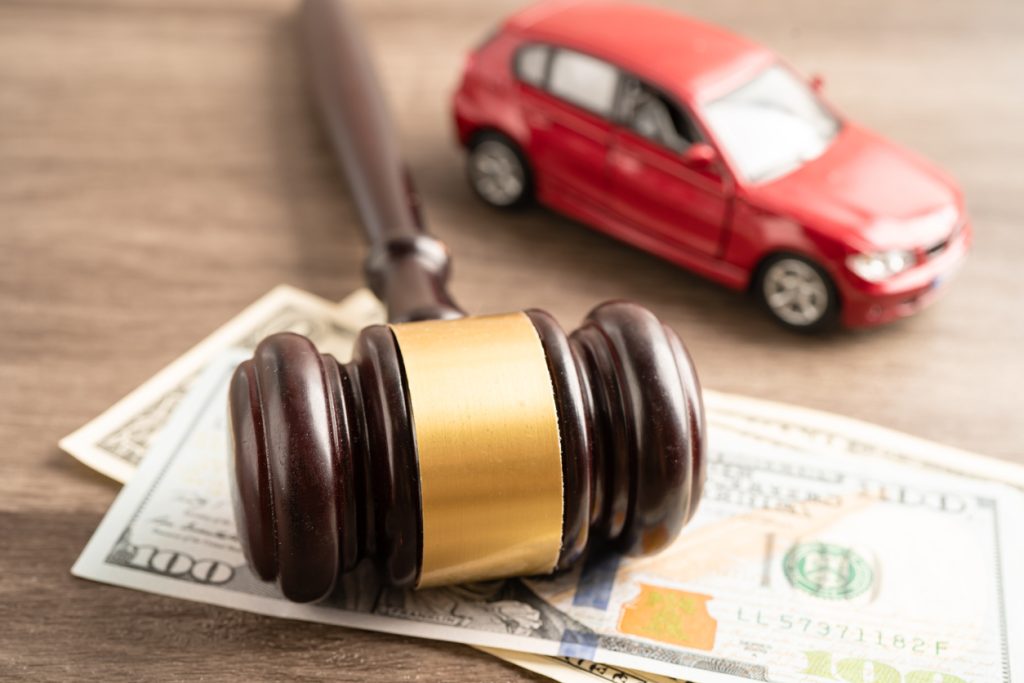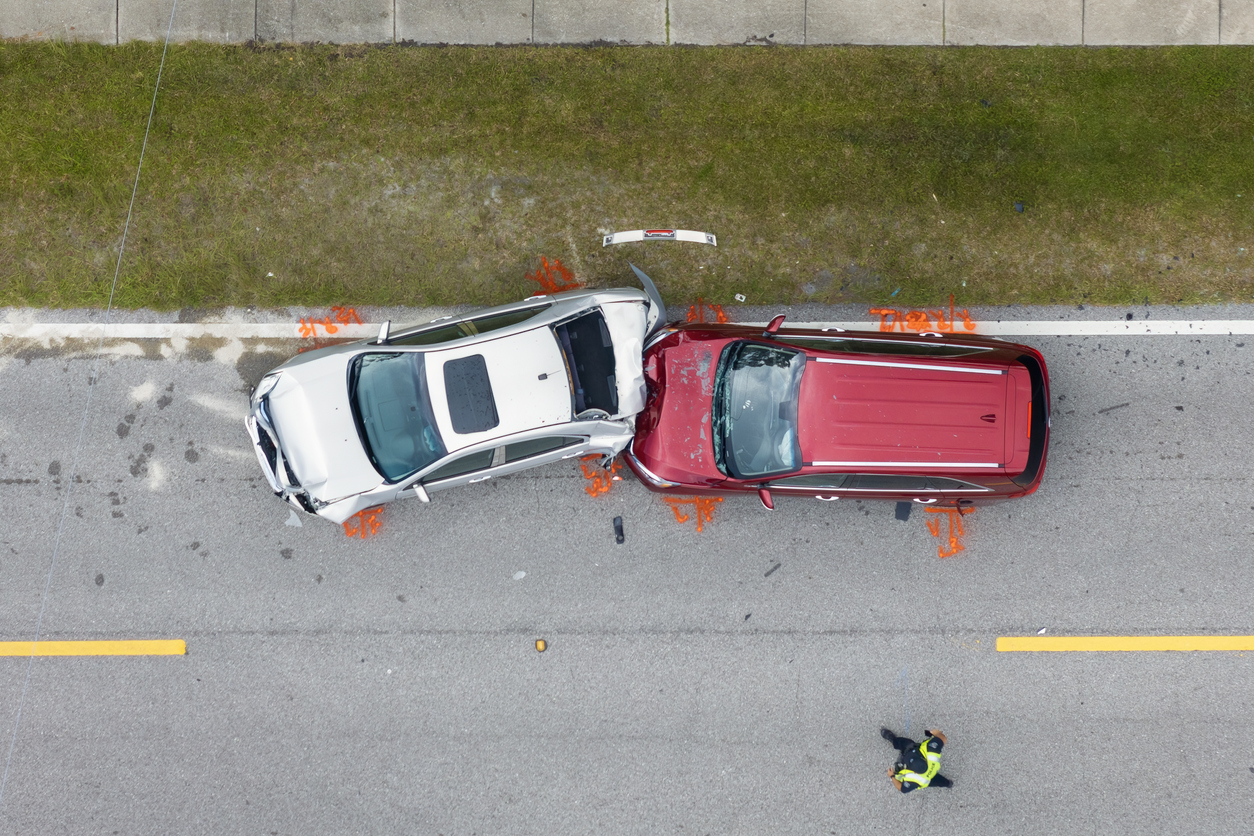Car accidents can be overwhelming, but the situation becomes far more stressful when you are sued after car accident in Oklahoma. Many people assume that insurance will automatically resolve every issue, yet lawsuits often arise when injuries are severe, damages are contested, or liability is disputed. Knowing your rights and obligations under Oklahoma law can make the difference between protecting your financial future and facing long-term consequences. This guide will walk through the legal process, the role of insurance, and the steps you should take if someone brings a lawsuit against you after a collision.
Why You Might Be Sued After Car Accident in Oklahoma
Oklahoma operates under a fault-based system for car accidents, which means the driver found responsible for the collision is liable for damages. If someone believes you caused the accident, they may file a lawsuit seeking compensation for medical bills, lost income, and pain and suffering. Being sued after car accident in Oklahoma is not limited to cases involving reckless driving; even minor negligence, like failing to yield or not paying attention, can trigger litigation.
Another reason lawsuits occur is when insurance coverage does not fully satisfy the injured party’s damages. If your liability insurance limits are too low to cover the losses, the other party may pursue legal action to recover additional compensation.
First Steps When Sued After Car Accident in Oklahoma
The first and most important step when sued after car accident in Oklahoma is not to ignore the lawsuit. Failing to respond can result in a default judgment, meaning the court automatically rules against you. Instead, carefully review the summons and complaint, note all deadlines, and promptly notify your insurance provider.
Your insurance policy generally includes a duty to defend, meaning your insurer must provide legal representation if the claim falls within your policy coverage. This protection can significantly reduce your stress, as it ensures a legal defense is mounted on your behalf. However, if the lawsuit seeks damages beyond your coverage, you may be personally liable for the excess amount.

Understanding Liability and Comparative Negligence
Oklahoma follows a modified comparative negligence rule. If you are sued after car accident in Oklahoma, liability does not always rest entirely on one driver. Instead, the court assigns percentages of fault to each party. If you are found less than 51% at fault, you may still recover damages if you filed a counterclaim, but your compensation will be reduced according to your share of negligence.
For example, if you were 30% at fault in an accident and the other driver was 70% at fault, any damages awarded to you would be reduced by 30%. On the other hand, if you are found more than 50% responsible, you cannot recover compensation, though you may still owe damages to the other party. This system makes defending yourself critical when sued after car accident in Oklahoma, as proving the other driver’s partial responsibility could reduce or eliminate your liability.
Insurance Company’s Role When You Are Sued After Car Accident in Oklahoma
Insurance exists to protect you financially, but many drivers are surprised by how much depends on the specifics of their policy. When sued after car accident in Oklahoma, your insurer is required to investigate the claim, provide a defense attorney, and attempt settlement negotiations. Yet there are limits. If the lawsuit exceeds your policy coverage or involves allegations outside your coverage (such as intentional misconduct), you could face direct financial exposure.
In some cases, your insurance company may attempt to settle quickly to minimize costs, even if you believe you were not at fault. While settlement may prevent a lengthy trial, it can also affect your driving record and future insurance premiums.
The Legal Process of Being Sued After Car Accident in Oklahoma
When you are sued after car accident in Oklahoma, the process typically begins with service of a summons and complaint. You must respond within the court’s deadlines, often around 20 days. After your response, the lawsuit proceeds into discovery, where both parties exchange evidence, take depositions, and build their arguments.
Pre-trial motions may seek to dismiss the case or limit evidence, but if no resolution is reached, the case proceeds to trial. At trial, a judge or jury evaluates the evidence, determines liability, and decides damages. If judgment is entered against you, it could include compensation for medical expenses, lost income, and non-economic damages like pain and suffering.
Defenses Available When Sued After Car Accident in Oklahoma
Defending against a lawsuit requires careful legal strategy. Common defenses include disputing fault, challenging the extent of damages, or raising issues of comparative negligence. For instance, if the other driver was speeding, distracted, or failed to wear a seatbelt, these factors could reduce their recovery.
Another defense may involve questioning whether the injuries claimed were directly caused by the accident or stemmed from pre-existing conditions. In Oklahoma, plaintiffs must prove both liability and damages, so demonstrating weak evidence on either element can strengthen your defense when sued after car accident in Oklahoma.
Financial Risks of Ignoring a Lawsuit
If you are sued after car accident in Oklahoma and fail to respond, the court can issue a default judgment. This judgment allows the plaintiff to pursue collection efforts, which may include wage garnishment, property liens, or bank account levies. Even if you believe the lawsuit is baseless, ignoring it is one of the most damaging actions you can take.
Responding properly and participating in the legal process ensures you have a chance to present defenses and protect your financial interests.

Oklahoma Statutes Relevant to Being Sued After Car Accident in Oklahoma
Oklahoma law provides specific guidelines for personal injury claims arising from car accidents. The statute of limitations gives plaintiffs two years from the date of the accident to file a lawsuit. If you are sued after car accident in Oklahoma, the case must fall within this timeline.
Additionally, Oklahoma requires drivers to carry minimum liability insurance coverage. This includes $25,000 for injury or death to one person, $50,000 for injury or death to more than one person, and $25,000 for property damage. Failure to carry adequate coverage can increase the likelihood of personal exposure in a lawsuit.
For further details on Oklahoma traffic and insurance laws, you can review the Oklahoma Highway Safety Office, which provides official state information.
Practical Guidance for Protecting Your Rights
When faced with the stress of being sued after car accident in Oklahoma, practical steps matter. Communicate with your insurance provider immediately, comply with all court deadlines, and preserve any evidence that could help establish your side of the story. Witness statements, photographs of the accident scene, and medical records can all play a vital role in building your defense.
Equally important is understanding how settlement discussions work. Many cases resolve before reaching trial, but agreeing to a settlement requires careful consideration of long-term consequences.
For deeper insights into the steps you should take, you can review this detailed guide on what should I do if someone sues me after a car accident in Oklahoma, which outlines additional considerations for defendants.
Long-Term Impact of Being Sued After Car Accident in Oklahoma
The effects of litigation extend beyond the immediate financial costs. Being sued after car accident in Oklahoma can affect your driving record, raise insurance premiums, and create long-term financial burdens if judgments exceed your coverage. It can also result in stress and disruption to your personal life.
Understanding the long-term implications underscores the importance of addressing lawsuits quickly and strategically.

Conclusion
Being sued after car accident in Oklahoma can be intimidating, but understanding your rights and responsibilities helps you navigate the process with greater confidence. Oklahoma’s fault-based system, comparative negligence rules, and insurance requirements all play central roles in shaping your defense and financial risk. By responding promptly, engaging with your insurance provider, and preparing a strong legal strategy, you can significantly reduce the impact of litigation and protect your future.
